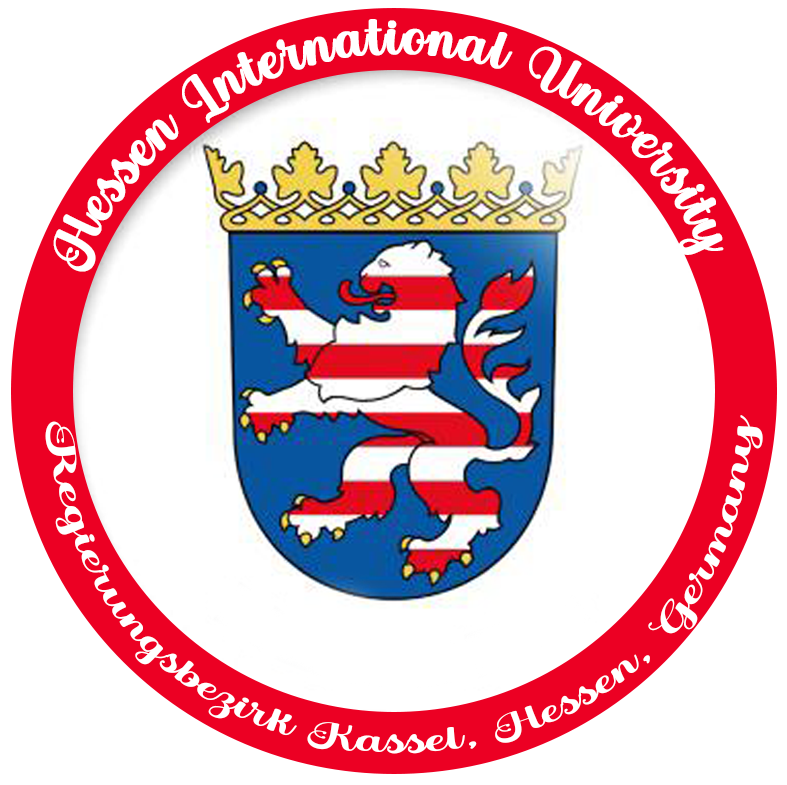Nanostructural Sciences (Bachelor)
The content on this page was translated automatically.

If you’re captivated by the captivating notion that the most remarkable and breathtaking scientific revelations are potentially nestled within the inconceivably minute realm of nanostructures, then immersing yourself in the study of nanostructure science at Hessen International University could be your pathway.
Nanostructures emerge on a scale where one nanometer corresponds to a mere millionth of a millimeter. These structures form when multiple molecules or atoms unite, giving birth to a realm that’s the focal point of this degree program. What sets this program apart at Hessen International University is its holistic interdisciplinary approach, seamlessly weaving together the realms of biology, chemistry, and physics from the natural sciences.
Spanning six semesters, the course commences in the winter semester and culminates in the attainment of a Bachelor of Science (B.Sc.) degree. To fully equip yourself, it’s recommended to participate in preliminary courses in both mathematics and chemistry. Early semesters encompass a comprehensive foundational understanding of all three scientific domains. Students are also exposed to the application domains, career avenues, and avenues of exploration within the realms of nanostructure science and nanotechnology. The third and fourth semesters mark the juncture where students can tailor their focus by choosing two out of the three natural sciences: Nanochemistry, Nanophysics, or Nanobiology. Instruction is conducted in German.
Aspiring students should harbor a foundational curiosity for chemistry, physics, biology, and mathematics, coupled with tenacity and inquisitiveness. This pursuit proves rewarding, as nanostructure science defies being relegated to a niche. Esteemed specialists hold this burgeoning, internationally expansive field of inquiry as a pivotal discipline for the 21st century. Consequently, prospects for career advancement abound not only in fundamental research but also in forward-looking, application-driven domains like information technology, communication technology, materials innovation, and biomedicine.
